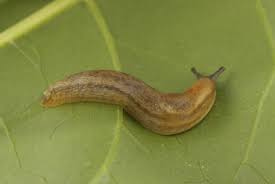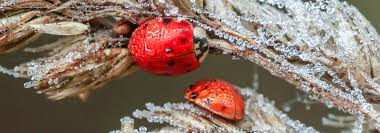Winter begins with the Winter Solstice on December 21, marking the point when the sun’s southward path halts. By then, many regions have already experienced snow, prompting gardeners to wonder if a tough winter will reduce garden pests in the coming year. The answer isn’t straightforward—it depends on the nature of the winter.
Insects have had millions of years to adapt to cold temperatures, and they are experts at surviving harsh winters. In the fall, many overwintering insects produce chemicals that prevent ice crystals from damaging their cells. These adaptations allow insects to survive the cold in various stages of their life cycle, whether as adults, pupae, or eggs. For instance, cabbageworm pupae can withstand temperatures as low as -25°C (-13°F), while bean aphid eggs don’t begin to crack until temperatures drop to -34°C (-29°F).

When snow covers the ground, it offers insulation, stabilizing temperatures and providing protection for insects. During snowy winters, many cold-hardy species remain undisturbed, enjoying a relatively safe winter. However, winters marked by fluctuating temperatures—freezing one week, thawing the next—pose a greater threat. Such erratic conditions leave insects vulnerable, as repeated cycles of freezing and thawing are more likely to kill them. Even those that survive may struggle to reproduce, laying fewer eggs.
This unpredictable weather is also detrimental to slugs. After hard freezes, slugs may remain dormant for several days, delaying their activity even if warmer temperatures follow. In maritime climates where slugs remain active throughout the year, erratic winters tend to reduce their numbers. In colder regions, slugs burrow deep into the ground until the soil thaws in spring. One species, the Spanish slug (Arion vulgaris), has adapted to colder climates by breeding with native species, increasing its cold tolerance. In the UK, the John Innes Centre is tracking this invasive slug through the SlugWatch project.

While gardeners often hope for a warm spring to jumpstart planting, a cool spring can actually benefit gardens by delaying the emergence of pests. When plants get a head start, pests tend to appear later, making them easier to manage. However, mild winters can lead to early emergence, allowing pests to reproduce quickly and potentially damage young plants before gardeners can intervene.
As we approach the Winter Solstice, it’s time to reflect on how winter weather may affect our gardens and the pests that inhabit them. While we can’t predict the exact impact, we can hope for favorable conditions. In line with ancient Winter Solstice traditions, consider lighting a candle surrounded by evergreen stems to symbolize the return of light and the continuity of nature’s rhythms. Let this be your wish for the coming season.
